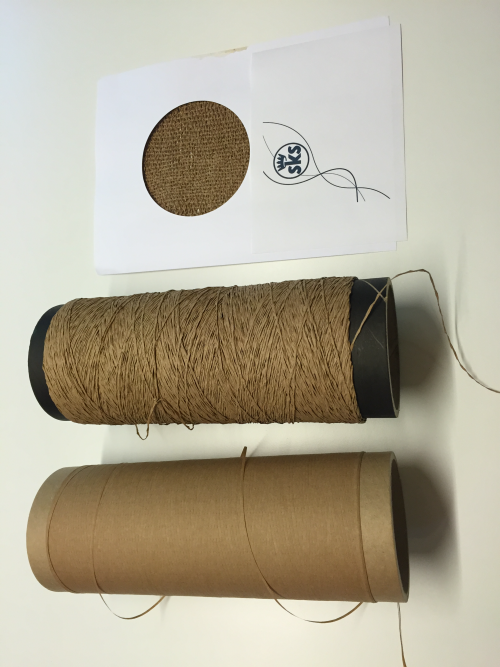Biomaterials
Wood is a fantastic material that can be processed into a variety of products. For instance, cellulose is the most abundant renewable material on earth and will play an important role in our quest for replacing synthetic oil-based products. Examples of applications include cellulose-based textiles and nonwoven, novel composite materials with added functionalities, and polymeric cellulose formulations and dispersions.
New materials from cellulose
We need a much better scientific understanding of the intermolecular interactions in the crystalline and amorphous parts of the cellulose, as well as for the interactions between cellulose and solvent. The most important difference to synthetic polymers is the low mobility of the cellulose chains caused by strong intermolecular interactions. It is important to understand the balance between the hydrophilic and lipophilic properties of the cellulose, as well as how the solvent conditions affect the state of the cellulose. We believe that an increased knowledge in this area will make it possible to increase the utilization of wood-based cellulose in textiles and functionalized composite materials, similar to the synthetic polymers, but renewable, non-toxic and CO2 neutral.

New lignocellulosic materials
By novel processing of pulp and paper, new properties and products can be obtained. Plasticization of paper by addition of certain chemicals, conversion of paper into yarns by striping and spinning, and selective removal of lignin and extractives are currently investigated in lab as well as in full scale. New methods to characterize materials obtained are also researched.


